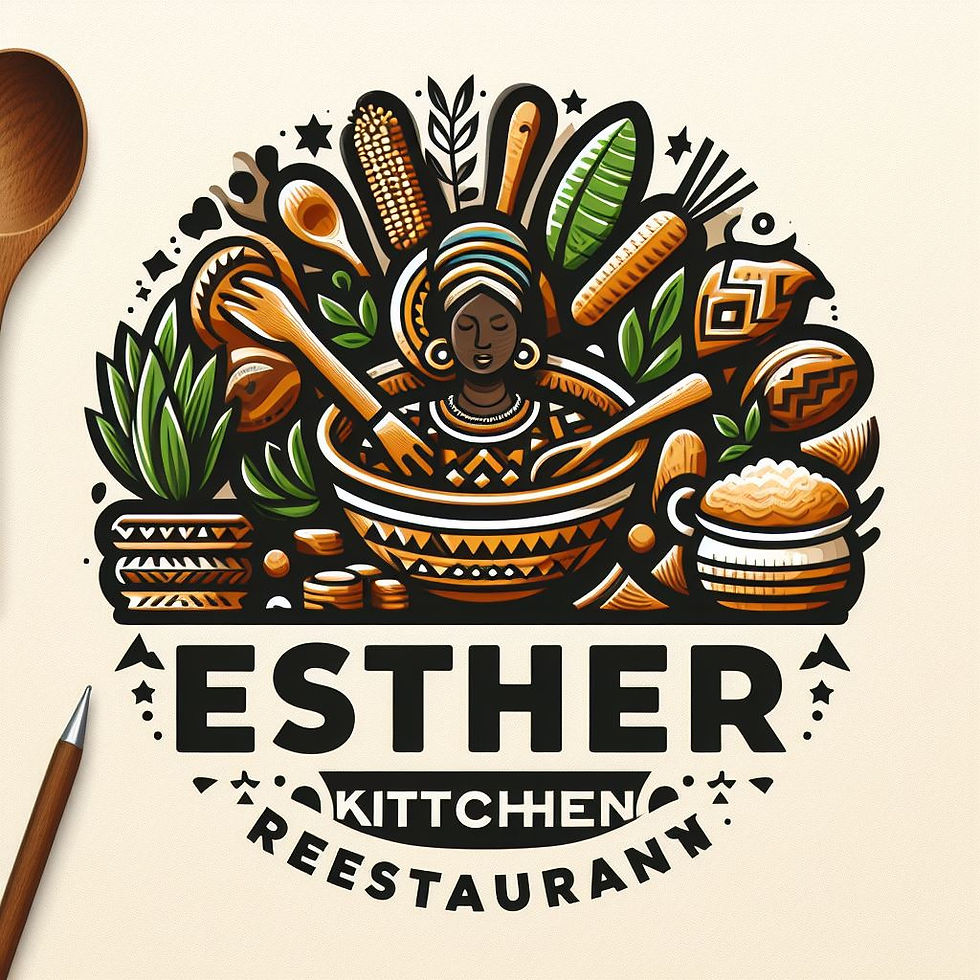- Frederick Tuffour
- Jun 4, 2024
- 1 min read
MOBILE APPLICATION DEVELOPMENT
TOOLS & TECHNOLOGY
ANDROID STUDIO
FLUTTER
2. DESKTOP APPLICATIONS DEVELOPMENT AND SOFTWARE ENGINEERING
TOOLS & TECHNOLOGY USED
PHP ADMIN
BLUE J
JAVASCRIPT
VISUAL PARADIGM
3. PRINCIPLES OF PROGRAMMING AND DATA STRUCTURES
TOOLS & TECHNOLOGY USED
APACHE NETBEANS
JAVAFX
SCENE BUILDER




















































